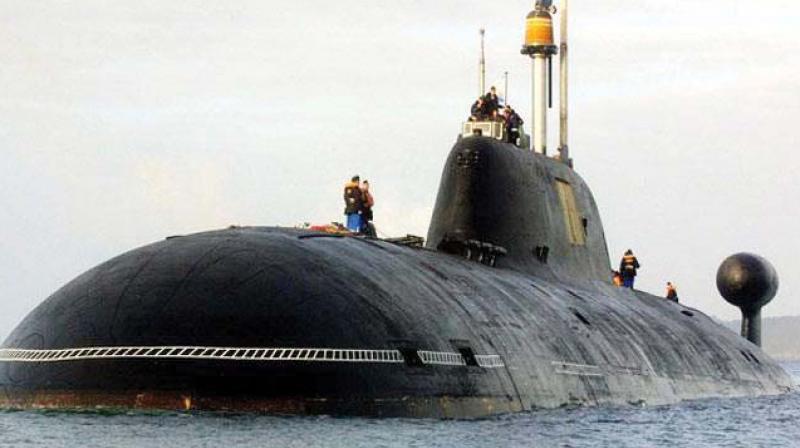India's nuclear triad in place, finally!
The triad is also an example of top-secret collaboration between the armed forces, and experts in fields like atomic energy, space, and defence.

Bengaluru: India's not-so-friendly neighbours can no longer make audacious moves like a large-scale attack across the border as the country's nuclear deterrence-the triad or the ability to launch a nuclear counter-strike from either land, sea or air-is in place.
The commander of the Strategic Force Command (SFC) of the defence forces, a three-star general rank officer, holds the key to the nuclear triad, marking the success of a journey which commenced soon after India carried out nuclear bomb tests in Pokhran in May 1998. The triad is also an example of top-secret collaboration between the armed forces, and experts in fields like atomic energy, space, and defence. And when they had unresolved issues while dealing with complex problems associated with nuclear deterrence, help and support came from Russia, according to top sources in Ministry of Defence.
Though news about the capability of certain missiles to deliver nuclear warheads has made it to the public domain, the how's and means of devastating strikes have been kept under wraps. While a nuclear warhead can be delivered deep into the enemy territory through surface-to-surface Agni missiles, some of the IAF's Mirage 2000 fighter jets have been modified to launch a nuclear attack from the air. Plans for similar modifications on the Rafale jets are on the drawing board, and will be initiated after their induction next year.
From the sea, 'Dhanush', a naval variant of the Prithvi missile, has the capability to fire a nuclear warhead from a ship, and 'Sagarika' from INS Arihant, the country's first nuclear-powered submarine. The Strategic Force Command (SFC) carried out a test of 'Dhanush' missile in February this year as part of training for the Indian Navy, sources added.
B01

